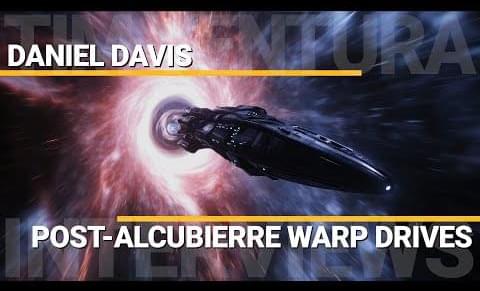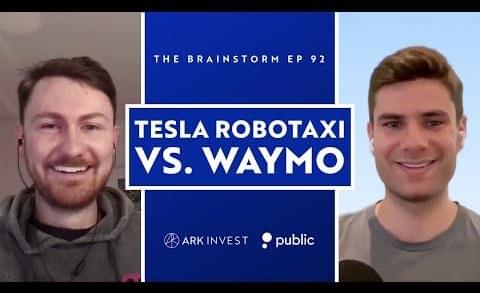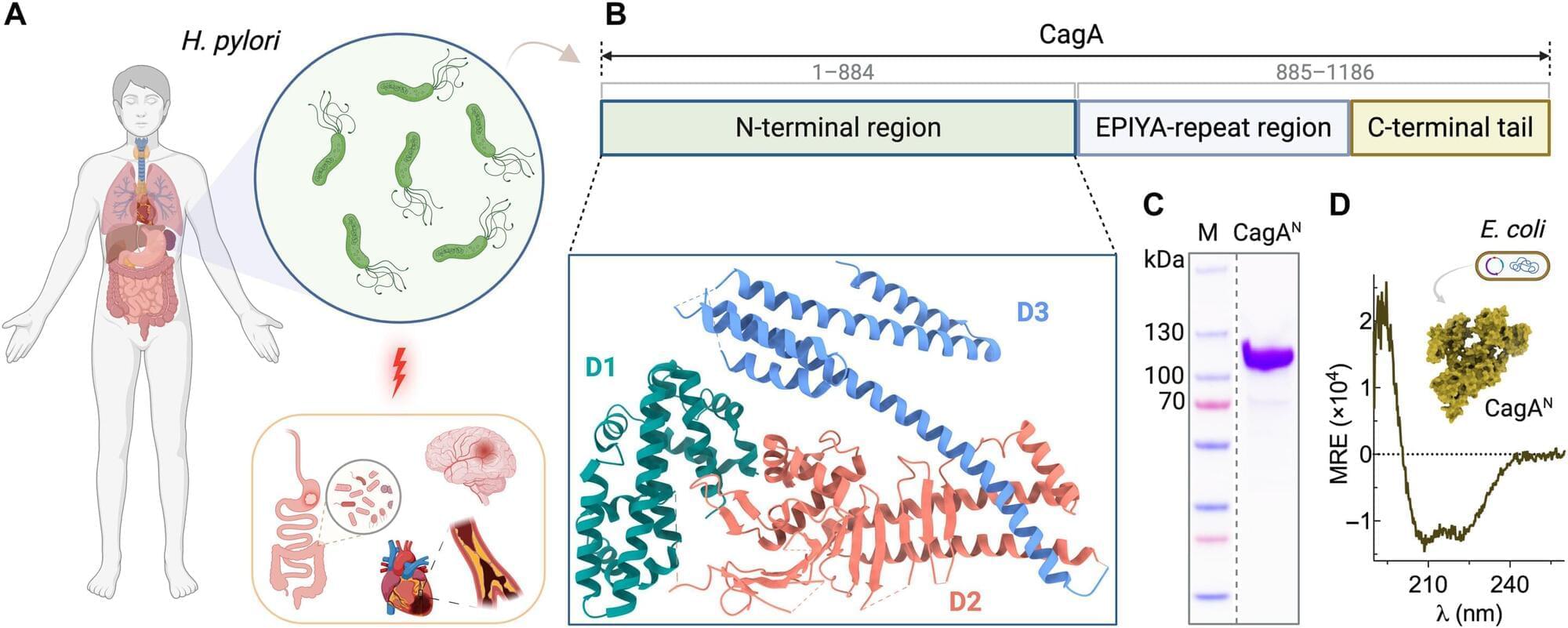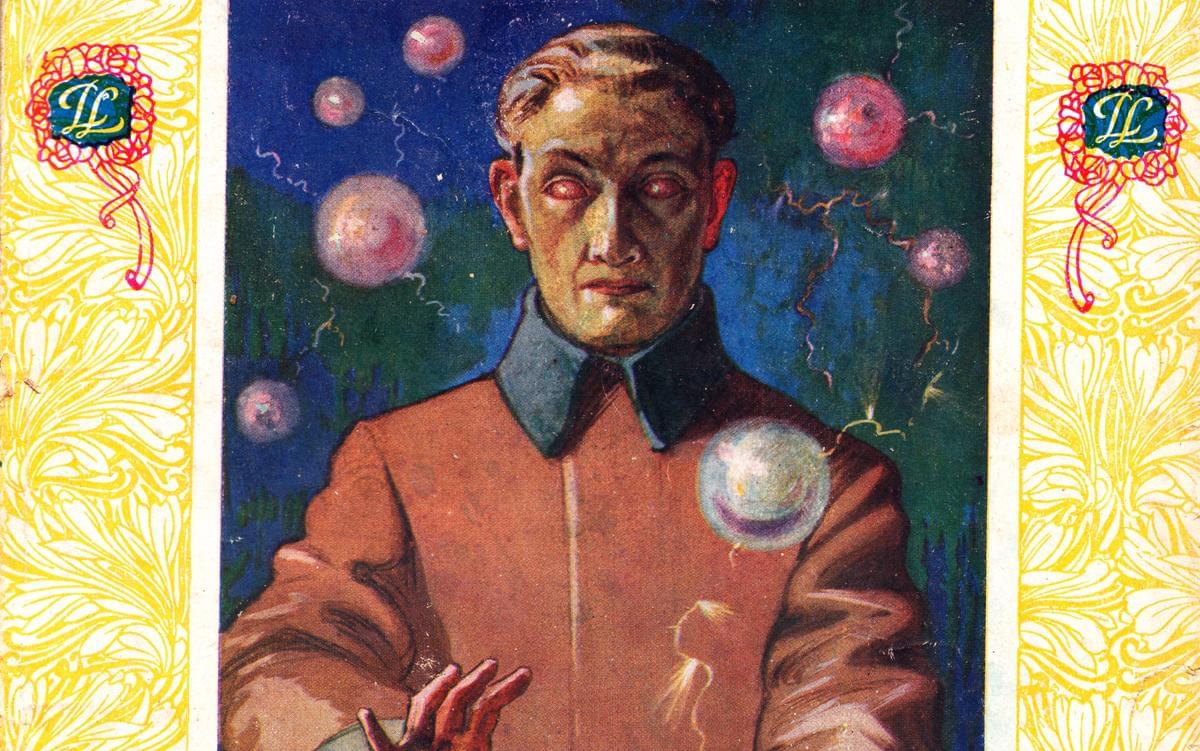Last winter, at a meeting in the Finnish wilderness high above the Arctic Circle, a group of mathematicians gathered to contemplate the fate of a mathematical universe.
It was minus 20 degrees Celsius, and while some went cross-country skiing, Juan Aguilera, a set theorist at the Vienna University of Technology, preferred to linger in the cafeteria, tearing pieces of pulla pastry and debating the nature of two new notions of infinity. The consequences, Aguilera believed, were grand. “We just don’t know what they are yet,” he said.
Infinity, counterintuitively, comes in many shapes and sizes. This has been known since the 1870s, when the German mathematician Georg Cantor proved that the set of real numbers (all the numbers on the number line) is larger than the set of whole numbers, even though both sets are infinite. (The short version: No matter how you try to match real numbers to whole numbers, you’ll always end up with more real numbers.) The two sets, Cantor argued, represented entirely different flavors of infinity and therefore had profoundly different properties.









